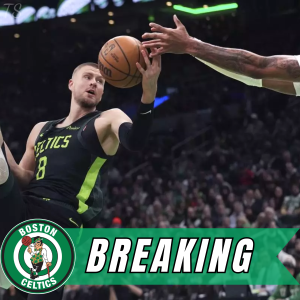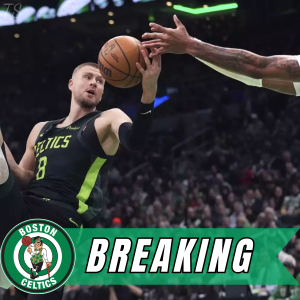The journey of Luke Kornet from the New York Knicks to the Boston Celtics presents an intriguing case of talent discovery and player utilization in the NBA. Standing at 7 feet 2 inches tall, Kornet’s unique combination of size and skill has allowed him to carve out a niche as a versatile big man. However, it’s the Celtics who are beginning to realize the potential that both the Knicks and the Chicago Bulls overlooked during his earlier stints in the league. The Knicks initially brought Kornet into their fold as a promising prospect. Though he showed flashes of his capabilities, his time with the franchise was marked by inconsistency in both playing time and role. As the Knicks struggled to find a coherent identity during his tenure, Kornet’s development suffered from the lack of a clearly defined role. This resulted in him often being relegated to the bench, where his talents went largely untapped.

When Kornet transitioned to the Chicago Bulls, the situation was not drastically different. Despite a coaching change and a new system under which to operate, Kornet was often overshadowed by other players. The Bulls struggled with their own roster dilemmas, leading to a lack of consistent opportunities for him to showcase his abilities. As a result, Kornet was unable to cement his place as a regular contributor, leading to a perception that he might not have the capability to succeed at the highest level. Entering the Celtics’ orbit, Kornet has finally found the right environment to flourish. Under the guidance of a coaching staff that values player versatility, Kornet has been able to leverage his height and shooting skills effectively. The Celtics are known for their robust defensive systems and a penchant for maximizing player strengths, and Kornet has benefitted from this philosophy. His ability to stretch the floor and protect the rim has made him a valuable asset in Boston’s rotation. Additionally, the team’s focus on player development allows Kornet to continue evolving his game, something that both the Knicks and Bulls failed to fully capitalize on.

The Celtics are making a significant realization about Kornet; he fits seamlessly into their playing style and their needs on both ends of the court. His shot-blocking presence helps anchor their defensive schemes, while his ability to shoot from long range adds another layer to their offensive strategies. This realization marks a turning point not only for Kornet but for the Celtics as well, as they harness his potential to its fullest extent. Moreover, Kornet’s story serves as a broader commentary on how teams can sometimes overlook talent due to situational factors, such as coaching philosophies and roster fit. It highlights the importance of patience in player development and the necessity for teams to provide an environment conducive to leveraging individual strengths. The Celtics’ embrace of Kornet signals a shift in their approach to finding hidden gems in the league, and their success with him may inspire other franchises to reevaluate their own castaways.

In conclusion, Luke Kornet’s evolution from a overlooked player to a vital part of the Celtics demonstrates that sometimes, all a player needs is the right opportunity in the right system. As Kornet continues to flourish, it becomes evident that the Knicks and Bulls missed an opportunity to fully realize his potential, while Boston stands poised to reap the benefits of this talented big man.





